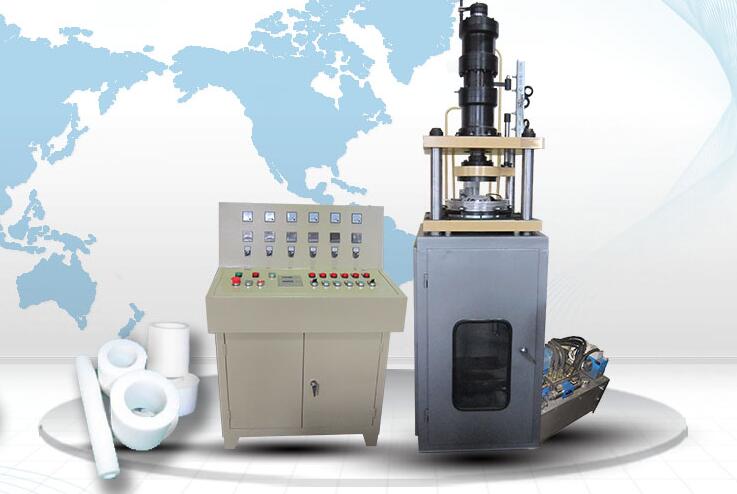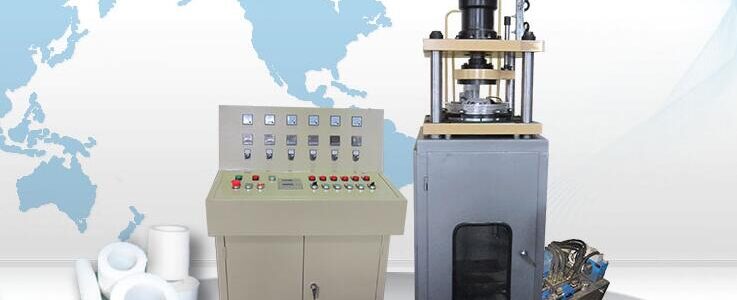Molding Machines are classified primarily by the type of driving systems they use: hydraulic, mechanical, electric, or hybrid.
Hydraulic
Hydraulic presses have historically been the only option available to molders until Nissei Plastic Industrial Co., LTD introduced the first all-electric injection molding machine in 1983.
Hydraulic machines, although not nearly as precise, are the predominant type in most of the world, with the exception of Japan.
Mechanical
Mechanical type machines use the toggle system for building up tonnage on the clamp side of the machine. Tonnage is required on all machines so that the clamp side of the machine does not open (i.e. tool half mounted on the platen) due to the injection pressure. If the tool half opens up it will create flash in the plastic product.
Electric
The electric press, also known as Electric Machine Technology (EMT), reduces operation costs by cutting energy consumption and also addresses some of the environmental concerns surrounding the hydraulic press. Electric presses have been shown to be quieter, faster, and have a higher accuracy, however the machines are more expensive.
Hybrid injection (sometimes referred to as “Servo-Hydraulic”) molding machines claim to take advantage of the best features of both hydraulic and electric systems, but in actuality use almost the same amount of electricity to operate as an electric injection molding machine depending on the manufacturer.
A robotic arm is often used to remove the molded components; either by side or top entry, but it is more common for parts to drop out of the mold, through a chute and into a container..
Molding (process)
Molding or moulding is the process of manufacturing by shaping liquid or pliable raw material using a rigid frame called a mold or matrix. This itself may have been made using a pattern or model of the final object.
A mold or mould is a hollowed-out block that is filled with a liquid or pliable material such as plastic, glass, metal, or ceramic raw material.The liquid hardens or sets inside the mold, adopting its shape. A mold is the counterpart to a cast. The very common bi-valve molding process uses two molds, one for each half of the object. Piece-molding uses a number of different molds, each creating a section of a complicated object. This is generally only used for larger and more valuable objects.
The manufacturer who makes the molds is called the moldmaker. A release agent is typically used to make removal of the hardened/set substance from the mold easier. Typical uses for molded plastics include molded furniture, molded household goods, molded cases, and structural materials.





Have you ever thought about adding a little bit more than just your articles? I mean, what you say is important and everything. However think about if you added some great pictures or videos to give your posts more, “pop”! Your content is excellent but with pics and video clips, this blog could definitely be one of the best in its field. Fantastic blog!